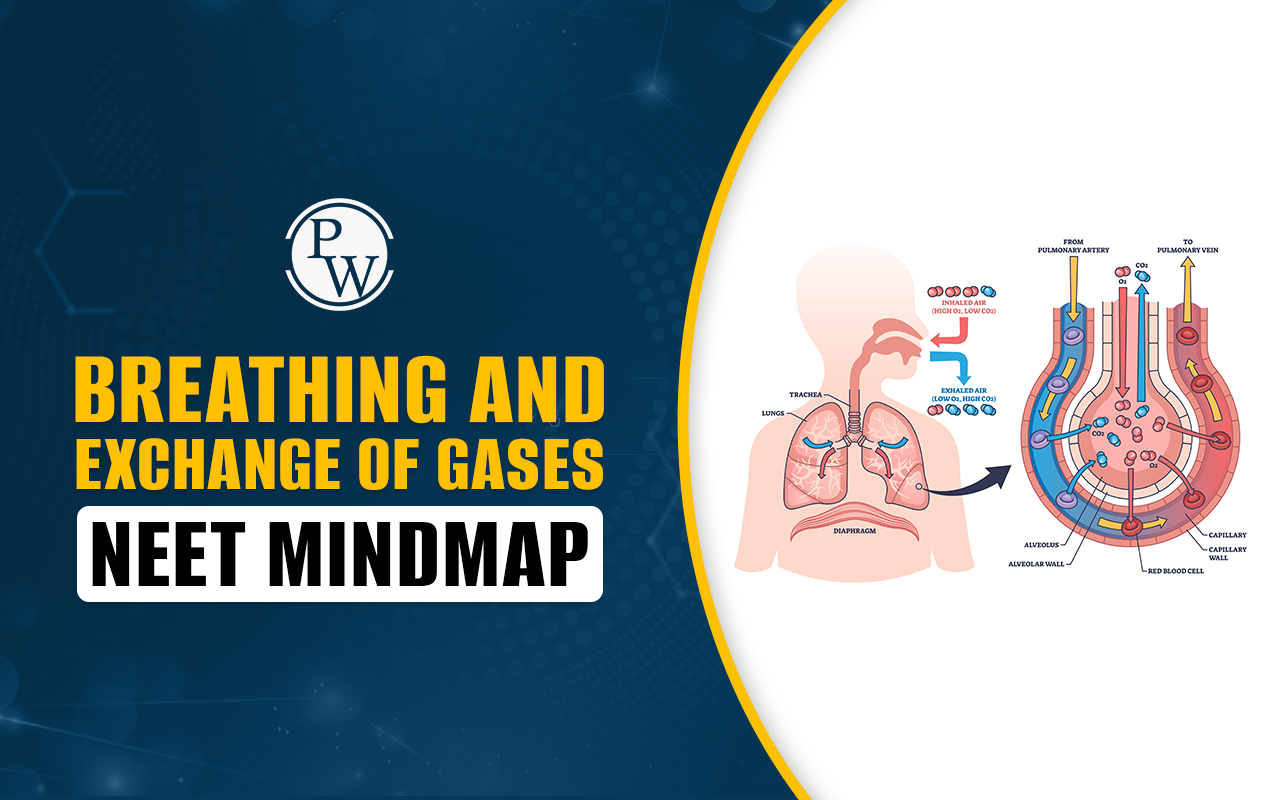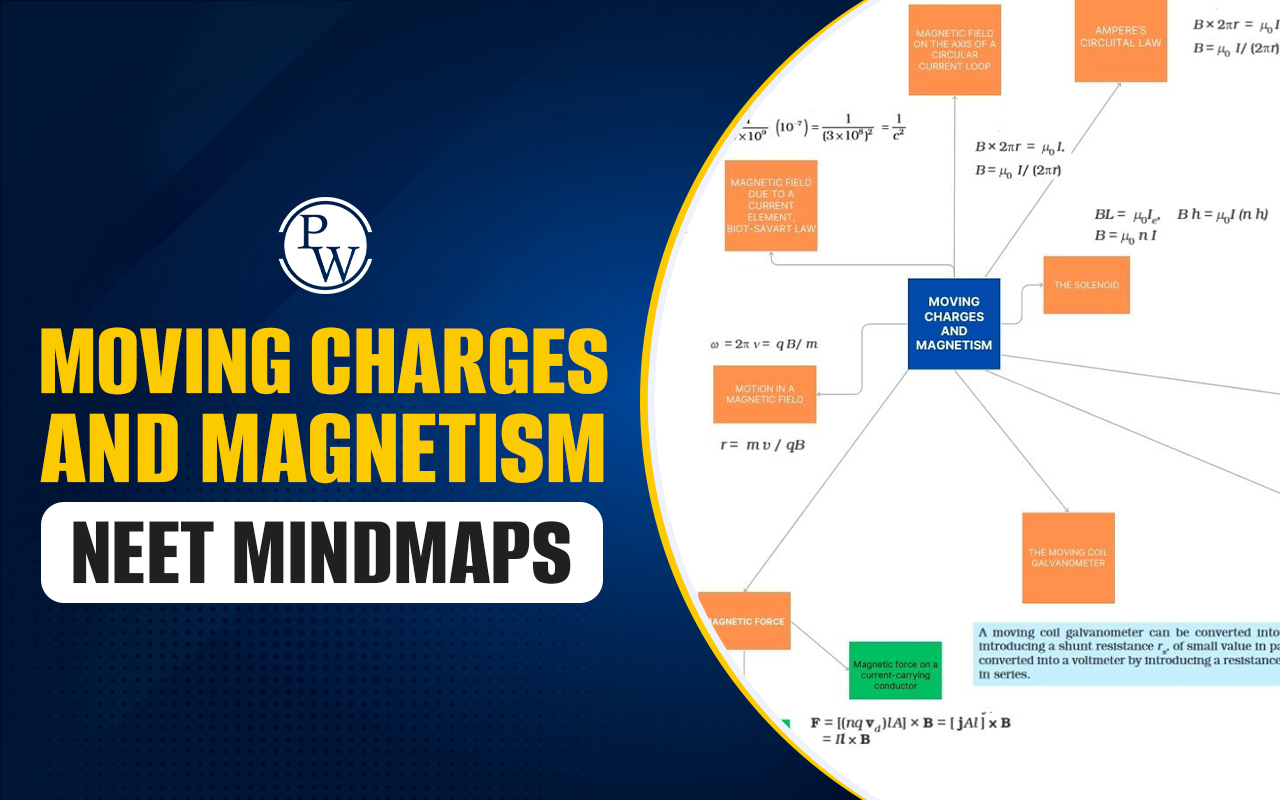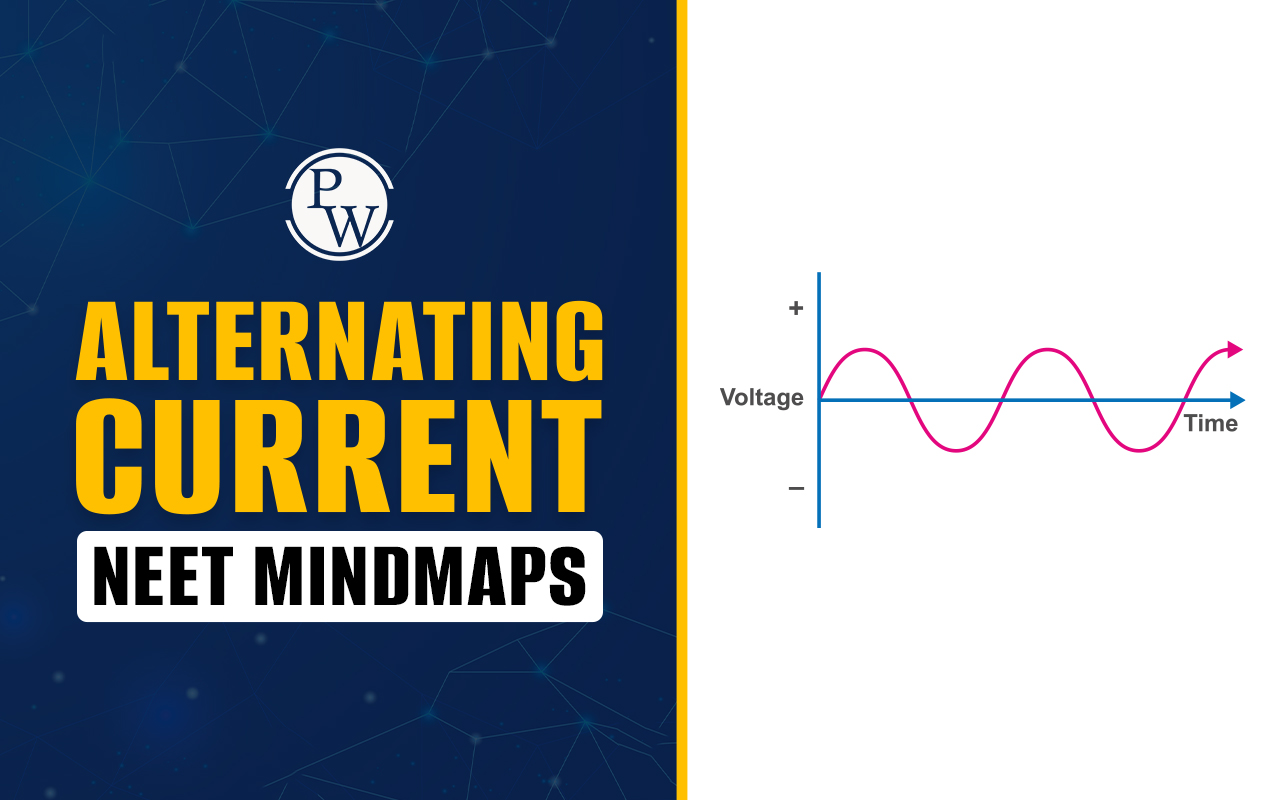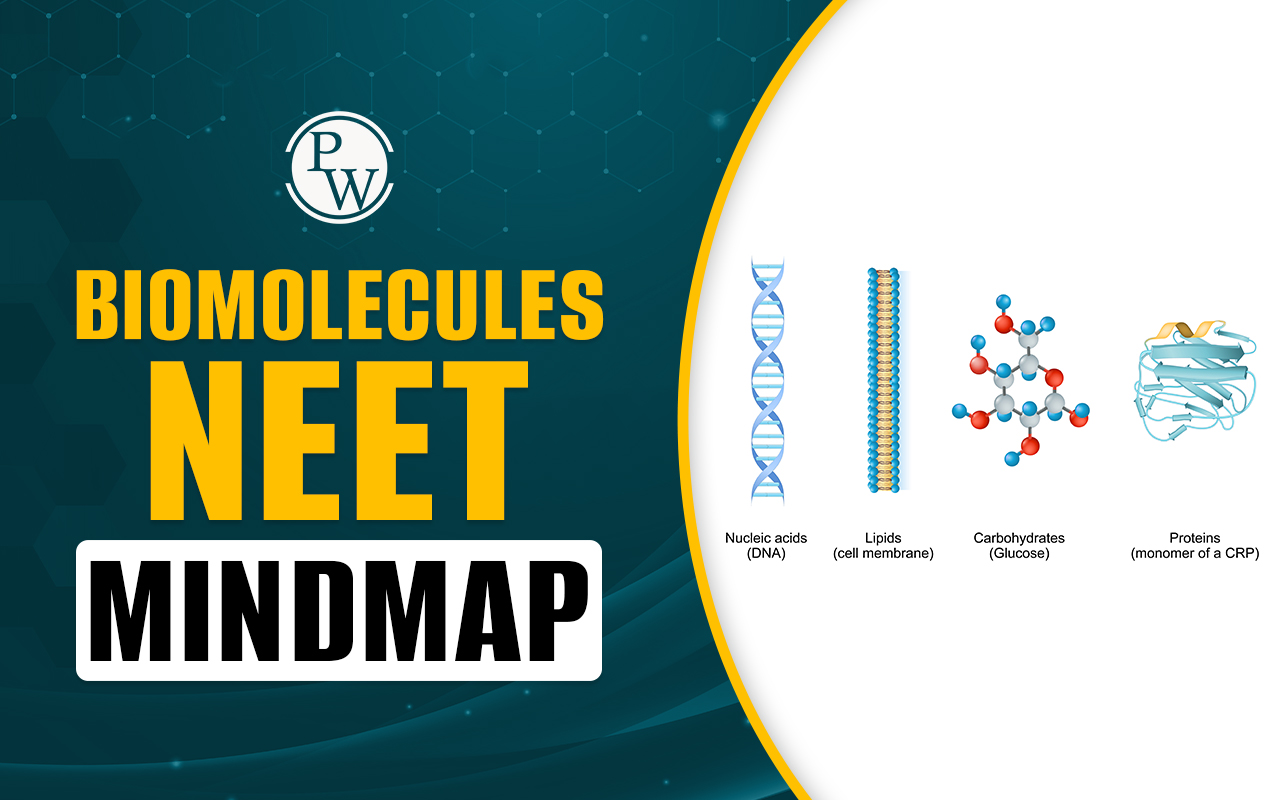
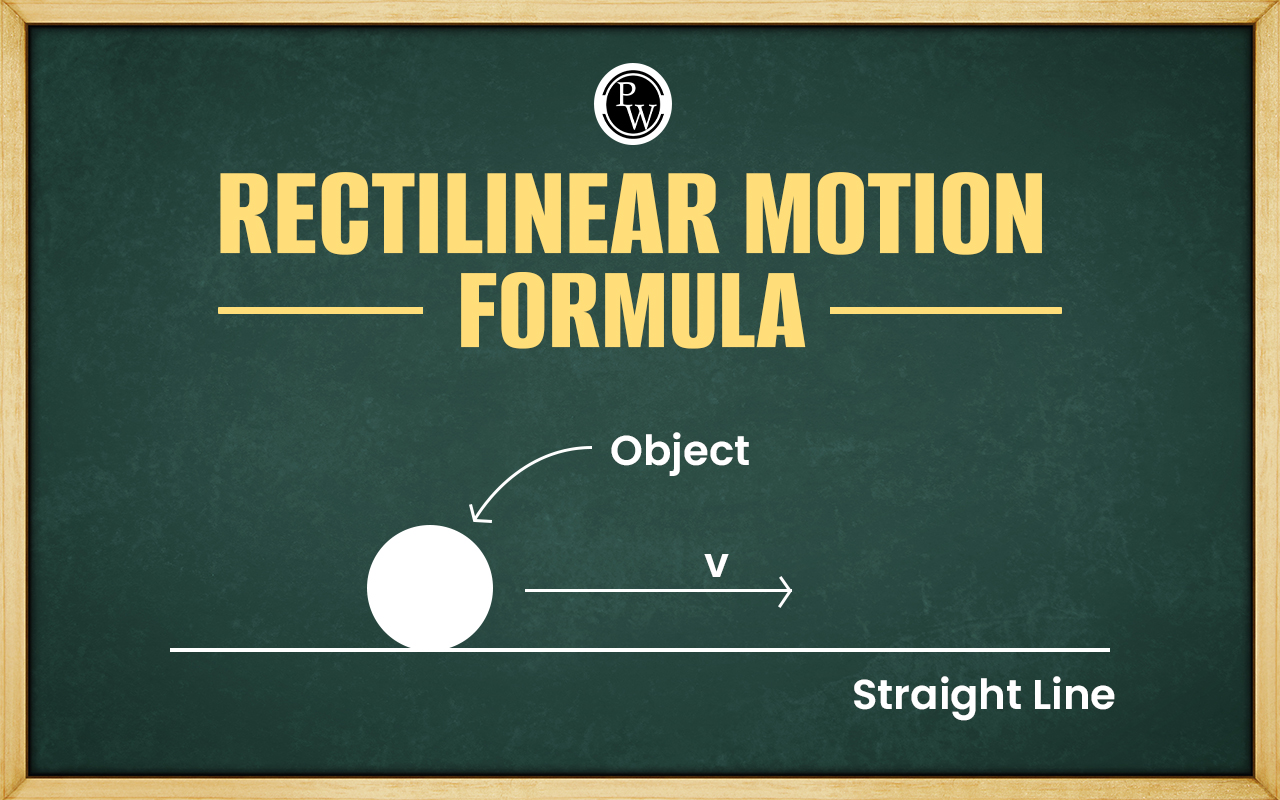
Rectilinear Motion Formula : The rectilinear motion refers to the motion of an object along a straight line. In this type of motion, the object travels in a single dimension, typically represented on a coordinate axis. The study of rectilinear motion involves understanding the position, velocity, and acceleration of the object as it moves along the straight path.
If you want to cover the NEET 2024 syllabus comprehensively, this topic will strengthen your fundamentals during the NEET preparation.Rectilinear Motion Formula
Here are the equations that will be helpful in understanding various parameters involved in the motion of objects.Position (Displacement) (s): The change in an object's location from a reference point. It accounts for both distance and direction, measuring how far and in which direction an object has moved.
s = ut + (1/2)at^2
- s is the displacement,
- u is the initial velocity,
- t is the time,
- a is the acceleration.
Final Velocity (v): The speed and direction of an object at a specific moment, typically at the end of a motion or time interval.
v = u + at
- v is the final velocity,
- u is the initial velocity,
- t is the time,
- a is the acceleration.
Average Velocity (v_avg): The total displacement divided by the total time, representing the average speed and direction over a given period.
v_avg = s / t
- v_avg is the average velocity,
- s is the displacement,
- t is the time.
Velocity Squared (v^2): The square of the final velocity. Useful in kinetic energy calculations and understanding the energy associated with an object's motion.
v^2 = u^2 + 2as
- v is the final velocity,
- u is the initial velocity,
- a is the acceleration,
- s is the displacement.
Final Velocity without Time (v^2): An equation expressing the final velocity squared without explicitly involving time. Useful for certain calculations when time is not known.
v^2 = u^2 + 2as
- v is the final velocity,
- u is the initial velocity,
- a is the acceleration,
- s is the displacement.
Displacement with Average Velocity (s): The product of average velocity and time, providing the total displacement covered during a specified period.
s = v_avg * t
- s is the displacement,
- v_avg is the average velocity,
- t is the time.
Acceleration with Change in Velocity (a): The rate at which velocity changes. Calculated by dividing the change in velocity by the time interval, reflecting how quickly an object is speeding up or slowing down.
a = Δv / t
- a is the acceleration,
- Δv is the change in velocity,
- t is the time.
Graphs in Uniformly Accelerated Motion Along a Straight Line (a ≠ 0)
Explore the significance of graphs in uniformly accelerated motion along a straight line, where acceleration (a) is not zero. Graphs illustrate the relationships between displacement, velocity, and time, offering insights into the dynamics of accelerated motion. Understanding these graphical representations is crucial for mastering kinematics and dynamics in physics.- x is a quadratic polynomial in terms of t. Hence x – t graph is a parabola
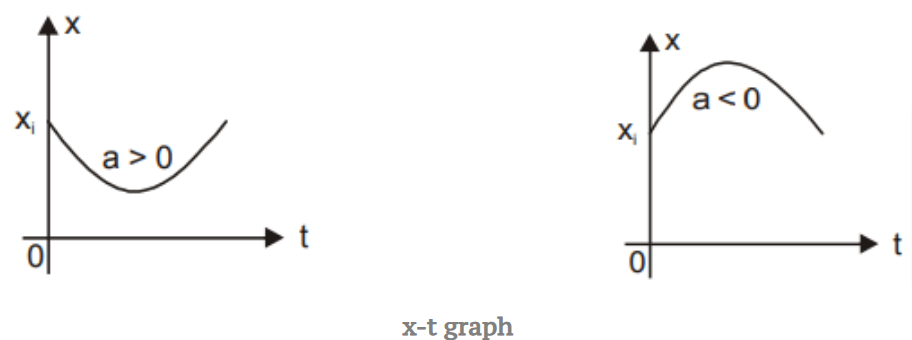
- v is a linear polynomial in terms of t. Hence v -t graph is a straight line of slope a.
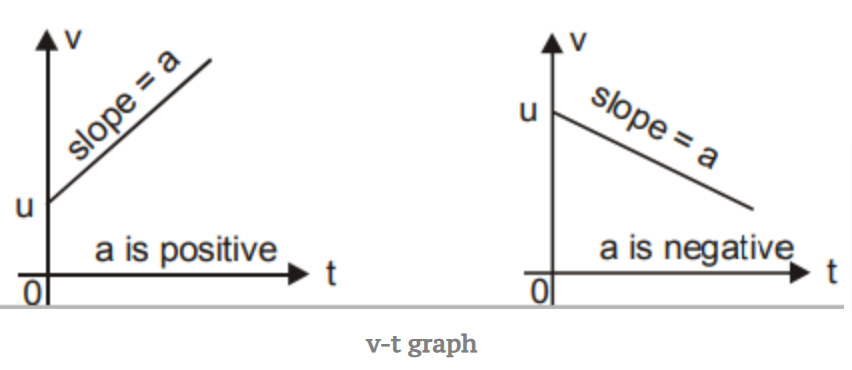
- a- t graph is a horizontal line because a is constant.

- Equations of Motion (for Constant Acceleration a)
Equations of Motion
The equations of motion describe the kinematics of an object in motion. For an object with constant acceleration (a), the primary equations of motion are given below.For Constant Acceleration (a)
Explore the basics of motion with the simple and essential Equations of Motion for Constant Acceleration (a). These equations help us understand how things move by describing changes in position, speed, and time. They're like a toolkit for solving puzzles about objects in motion.Displacement (s): s = ut + (1/2)at^2
where s is the displacement, u is the initial velocity, a is the constant acceleration, and t is the time.Final Velocity (v): v = u + at
where v is the final velocity, u is the initial velocity, a is the constant acceleration, and t is the time.Initial Velocity (u): u = v - at
where u is the initial velocity, v is the final velocity, a is the constant acceleration, and t is the time.Time (t): t = (v - u) / a
where t is the time, v is the final velocity, u is the initial velocity, and a is the constant acceleration.Velocity Squared (v^2): v^2 = u^2 + 2at
where v is the final velocity, u is the initial velocity, a is the constant acceleration, and s is the displacement.For Zero Accelaratration (a=0)
Explore Equations of Motion for freely falling bodies where the initial velocity (u) is zero. In this scenario, objects are solely influenced by gravity. Understanding the dynamics of such motion, described by simplified equations, is essential for grasping the principles of free fall and its impact on displacement, velocity, and time. Here are the equations of motion for freely falling bodies with initial velocity ( ) equal to zero and constant acceleration ( ), without rich formatting:Displacement ( ): s = (1/2) a t^2
where s is the displacement, a is the constant acceleration, and t is the time.Final Velocity ( ): v = at
where v is the final velocity, a is the constant acceleration, and t is the time.Initial Velocity ( ): u = 0
As the object is in free fall ( is the initial velocity and is zero in this case).Time of Flight ( ): t = sqrt(2s/a)
where t is the time of flight, s is the displacement, and a is the constant acceleration. Elevate your preparation with PW's NEET online coaching , and master topics like Rectilinear Motion Formula. In our coaching, you will learn to implement formulas like the Rectilinear Motion Formula through our expert tutors. With personalized guidance, you can avail of comprehensive study materials with interactive sessions. Join us to master key concepts of NEET with Physics Wallah.Rectilinear Motion Formula FAQs
What are the formulas of rectilinear?
What is rectilinear motion?
What is the formula for displacement in rectilinear motion?
What is the formula for linear motion?
What is an example for rectilinear motion?


